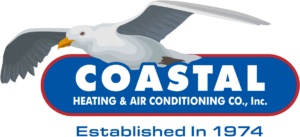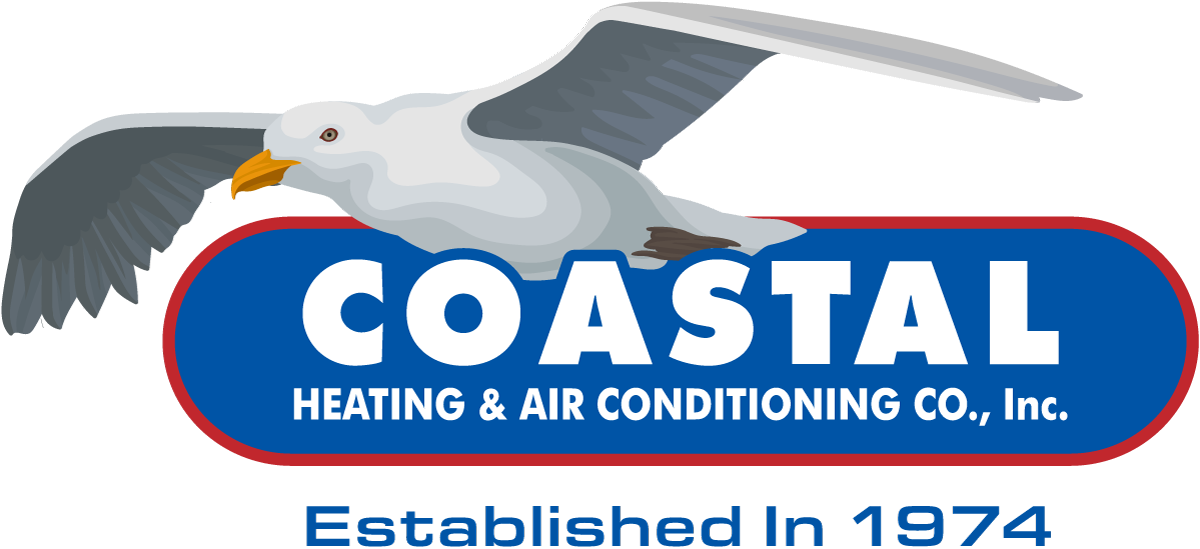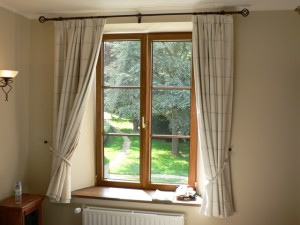With spring on its way, many chronic allergy sufferers are heading indoors for some quick relief. However, the air inside the typical Annapolis home might not be much better than what’s outdoors. Not only can outdoor allergens like pollen make their way inside, but dust, pet dander and other indoor allergens can also wreak havoc on allergy sufferers and reduce overall indoor air quality. But good ventilation can help!
Ventilation plays an important role in overall home comfort, especially for those who are chronic allergy sufferers. Having a continuous source of fresh air in your home’s living spaces is essential for maintaining excellent indoor air quality and reducing allergy symptoms.
Tighter Homes Require Better Strategies
Before modern weatherstripping and sealing techniques came about, it was possible to receive natural ventilation through the various gaps and cracks present in the typical home. Many homes of that period took advantage of pressure differences between the indoor and outdoor environment, drawing fresh air inside while pushing out polluted indoor air. However, improvements in home construction accompanied by attempts to stem rising energy costs have resulted in homes that allow less air to naturally come through.
These days, achieving natural ventilation isn’t as simple as cracking open a window. While having a tighter home means better energy efficiency and less comfort loss, it also means that many of the pollutants in your home that contribute to poor indoor air quality have nowhere to go. The end result is a buildup of toxic airborne pollutants that can have negative effects on your health and comfort.
Ways to Improve Indoor Airflow
Having little to no airflow in a home can be dangerous. Fortunately, there are several ways you can increase your home’s ventilation and, at the same time, improve its indoor air quality:
- Crack open a window – Opening a window is the simplest and most effective way of letting fresh air into your home. However, you should be careful not to allow any outdoor pollutants, such as car exhaust and industrial pollutants, indoors.
- If possible, use the HVAC system – Most residential HVAC systems don’t draw their air from outdoors, instead relying on filtered indoor air as a source. However, some systems are equipped to circulate fresh outdoor air, including systems outfitted with air-to-air heat exchangers.
- Improve your home’s attic and/or crawl space ventilation – Consider installing additional soffit vents or a continuous ridge vent to increase airflow. The extra flow of fresh air not only removes stale, unhealthy air, but it also controls moisture during the summer and provides protection against ice dams during the winter.
- Consider a balanced ventilation system – This system employs intake and exhaust fans that actively funnel fresh air into the home and stale air out. Such systems can also be ducted to provide common living spaces such as bedrooms and living rooms with fresh air.
Minimizing Pollution Sources
Pollen isn’t the only source of allergens. Volatile organic chemicals (VOCs) from common household sprays, paints and other products can also generate allergic reactions in some, especially in high concentrations. Pet dander and dust mites can trigger allergy symptoms just as well as pollen can.
In addition to ventilation, you can take the following steps to reduce the prevalence of allergens and other airborne pollutants in your home:
- Change the air filter regularly – Clogged air filters can greatly contribute to poor air quality. Ideally, air filters should be changed or cleaned on a monthly basis.
- Regularly vacuum and dust – Regular housekeeping in the form of vacuuming and dusting can help cut down on pet dander and other allergens.
- Consider an air purifier – These devices help filter out numerous types of allergens, including pollen and VOCs.
- Keep ductwork in good shape – Gaps and tears in your home’s ductwork can let dust and debris inside the air stream, causing your HVAC system to inadvertently circulate pollutants throughout your home. Your contractor can help you inspect and, if necessary, repair and clean the ductwork.
By minimizing these and other pollution sources, you can restore your home’s indoor air quality and reduce the prevalence of allergens in your home.
Learn more about Coastal Heating & Air’s ventilation options, or contact us today to schedule an appointment for your Annapolis home.



